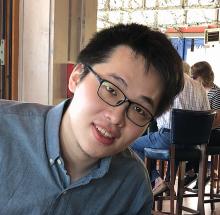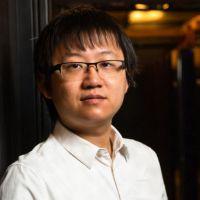DeCoDe Thrust 1: Co-design of energy-efficient chiplets
Thrust 1: Co-design of energy-efficient chiplets
Thrust leads
 |  |
| Tajana Rosing University of California, San Diego | David Brooks Harvard University |
Thrust 1 will co-design energy-efficient chiplets. The tasks in Thrust 1 focus on co-designing heterogeneous chiplets based on new computing paradigms and conventional digital computing Intellectual Property (IP) blocks. These tasks include designing analog hyperdimensional computing (from the University of California, San Diego) and Ising machine (from Rice University) accelerators and integrating them with conventional processors, such as central processing units (CPUs), graphics processing units (GPUs), and domain-specific accelerators, to create a highly robust and versatile hardware system capable of addressing DOE’s diverse scientific computing needs. By leveraging both analog and digital accelerators in the co-design flow, we aim to develop heterogeneous architectures that better serve DOE’s energy-efficient computing objectives and improve the hardware-software ecosystem for diverse scientific applications.
Tasks within this thrust are:
Task 1.1: Hyperdimensional computing accelerators
Task leads
 |  |
| Tajana Rosing University of California, San Diego | Partha Pande Washington State University |
Task 1.2: Ising machine accelerators
Task leads
 |  |
| Tong (Tony) Geng Rice University | Ang Li Pacific Northwest National Laboratory |
Task 1.3: Integration of existing IPs
Task leads
 |  |
| Andreas Olofsson Zero ASIC | David Donofrio Tactical Computing Laboratories |